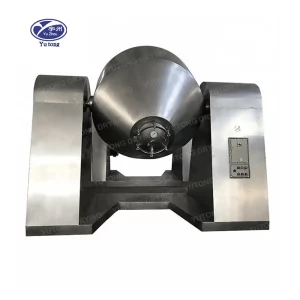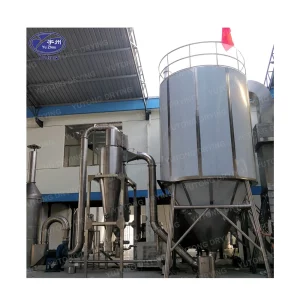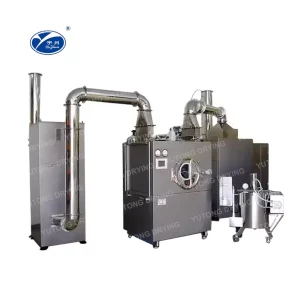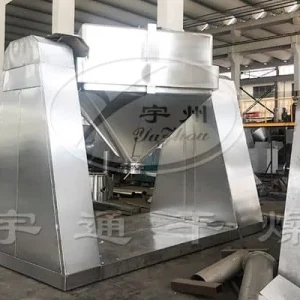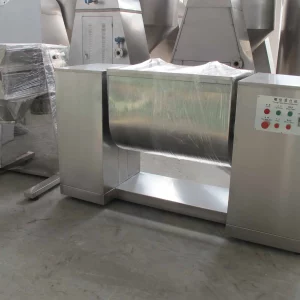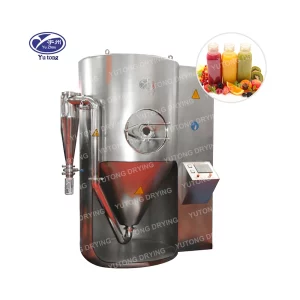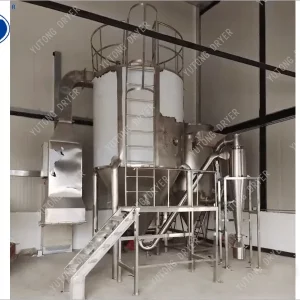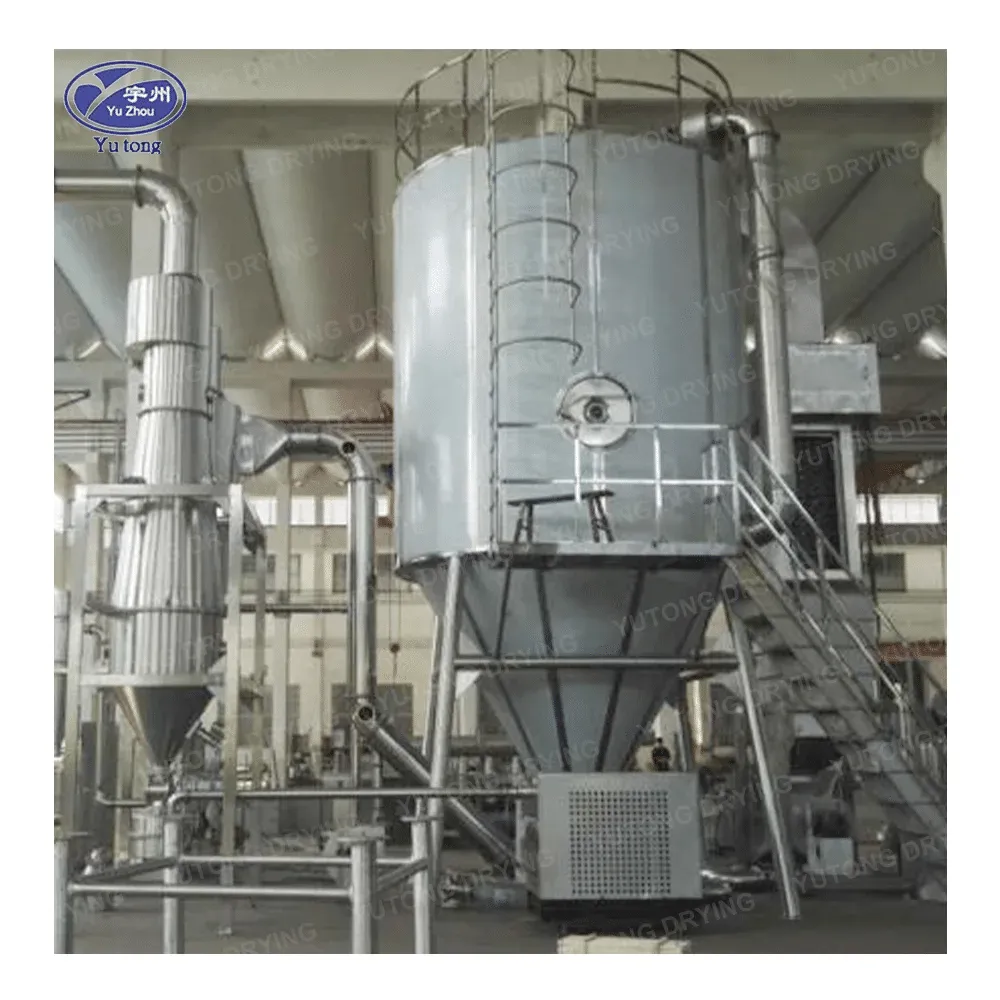Industrial dryers play a pivotal role in various sectors, from food processing and pharmaceuticals to chemicals and minerals, by removing moisture from materials to achieve specific product characteristics. This article explores the function, types, design considerations, and applications of industrial dryers.
Function of Industrial Dryers
Industrial dryers are designed to remove moisture from bulk materials, enhancing their stability, shelf life, and ease of handling and storage. By controlling the moisture content, these machines help in preventing microbial growth, reducing transportation costs, and improving the overall quality of the end products. The process involves passing a heated medium (air, gas, or steam) over the wet material to facilitate evaporation, while the dry material is collected and the humidified air is either vented or reprocessed.
Types of Industrial Dryers
1. Convection Dryers: These are the most common type, utilizing hot air to dry materials. They include:
Tray Dryers: Materials are placed on trays and exposed to hot air.
Tunnel Dryers: Materials move through a tunnel while being exposed to hot air.
Rotary Dryers: Materials tumble within a rotating drum while being heated.
2. Conduction Dryers: Heat is directly applied to the material through contact with a heated surface.
Paddle Dryers: Paddles mix and push the material against a heated wall.
Disc Dryers: Materials are spread across heated discs.
3. Radiation Dryers: Utilize infrared or microwave energy to heat and dry materials.
Infrared Dryers: Use infrared radiation to heat the material externally.
Microwave Dryers: Penetrate the material with microwave energy to heat it internally.
4. Spray Dryers: Atomize liquid feed into a hot gas to rapidly evaporate moisture, creating a dry powder.
5. Vacuum Dryers: Operate under reduced pressure to lower the boiling point of water, facilitating faster drying without overheating sensitive materials.
6. Freeze Dryers: Remove moisture by freezing the material and then subliming the ice under vacuum.
Design Considerations
When designing or selecting an industrial dryer, several factors need to be considered:
Material Properties: Moisture content, particle size, and thermal sensitivity.
Required Moisture Content of Final Product.
Energy Efficiency: Minimizing energy consumption and optimizing heat recovery.
Capacity and Throughput.
Maintenance Requirements.
Environmental Impact: Emissions and waste management.
Applications
1. Food Industry: Drying fruits, vegetables, grains, and spices to preserve them.
2. Pharmaceuticals: Removing moisture from active ingredients and excipients to ensure stability and efficacy.
3. Chemical Processing: Drying resins, pigments, and other chemical intermediates.
4. Minerals and Metals: Drying ores, concentrates, and metal powders.
5. Textile Industry: Drying fabrics after dyeing or finishing processes.
6. Paper Industry: Drying paper pulp to make sheets.
Advantages and Challenges
Advantages:
Enhanced Material Handling: Dried materials are easier to transport, store, and process.
Quality Improvement: Controlled moisture content ensures consistent product quality.
Cost Savings: Reduced weight and volume can lower shipping costs.
Challenges:
Energy Intensive: Drying processes often require substantial energy inputs.
Potential Degradation: Sensitive materials can degrade if exposed to high temperatures.
Environmental Concerns: Emissions from dryers must be managed to meet environmental regulations.
Industrial dryers are essential tools in modern manufacturing, offering the capability to transform wet materials into stable, usable forms. Their versatility and efficiency are crucial in various industries, contributing significantly to the economy and product development. Understanding the principles behind these machines and their applications allows for better design and operation, leading to more sustainable and effective industrial processes.

